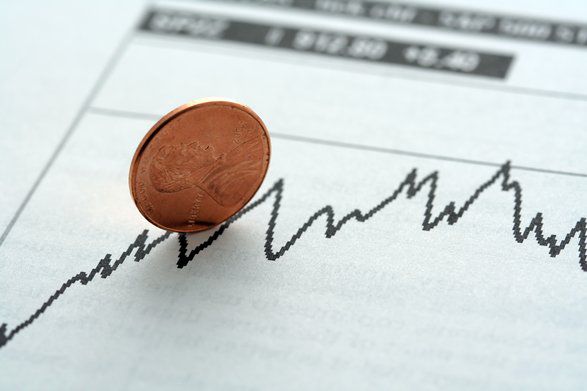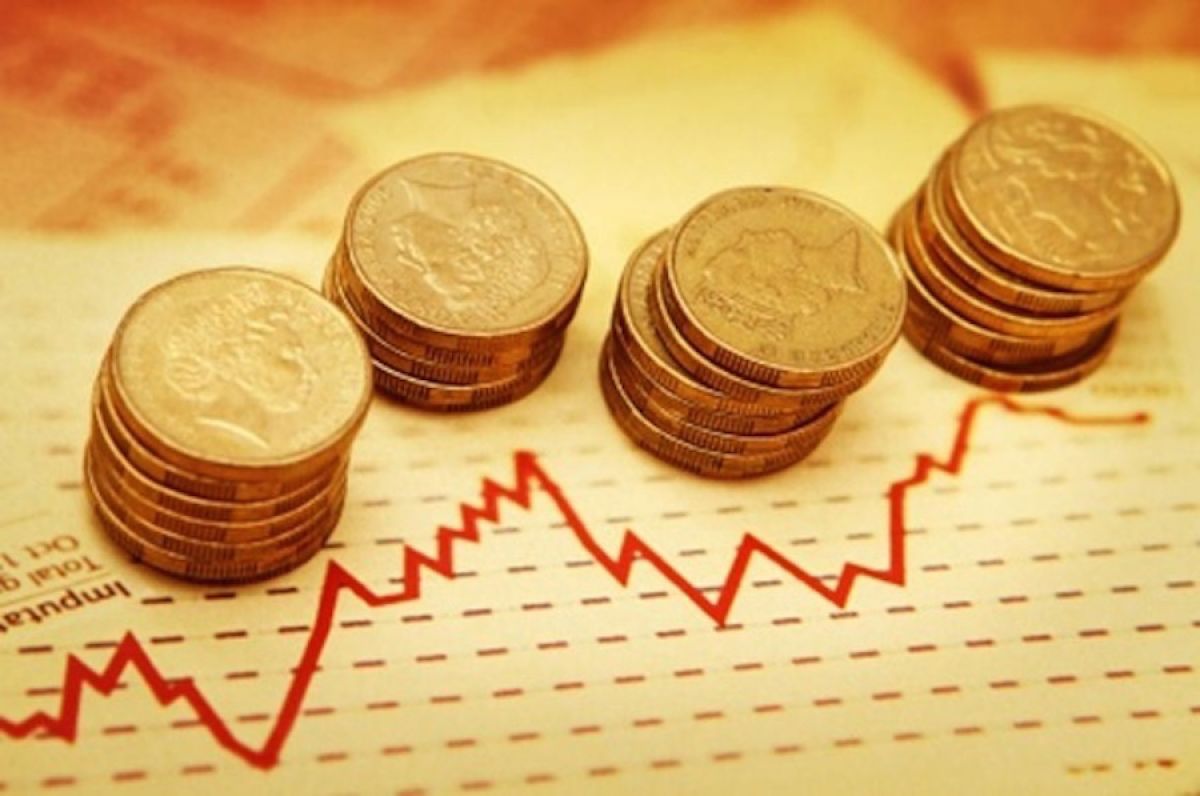When talking to lay people who have absolutely no clue about stock market investing, one theme keeps coming up repeatedly – “stock market is a gamble”. Well, it is beside the point that a lot of people who are “in the market” are totally clueless as well. For now let us stick to “stocks are mysterious” kind of lay people.
“I stay away from stock market, I don’t gamble” they say. And then they almost inevitably talk about bank FDs – which is the only known investing mechanism for them. Their well meaning, but totally useless advice is “stay away from stock market”.
Then they on to relate horror stories of how their friend or relative or more likely friend’s friend or cousin’s friend’s father or friend of brother’s colleague’s father managed to run an otherwise prosperous family to utter ruin thanks to gambling in the stock market. That gentleman gambled and the family paid for it. The individual anecdotes vary but the overall theme is constant – stock market, like horse racing, is evil and one needs to avoid it like plague.

To talk about stock market investing in a manner that they would understand would be a herculean task. There was a time when I used to try explaining how “investing is not gambling”. I would talk about “value”, how buying a stock is buying a business, how it could be thought of as being similar to real estate, how one gets dividend etc.
But these days, I generally don’t even try. Everyone is entitled to their opinion (even if incorrect). Whenever I encountered such kind of people, I politely try to steer the conversation away from stock market to other relatively benign ones where complete agreement is possible and likely (eg. Weather or Sachin Tendulkar. For instance, every summer, the best bet is to proclaim “this is the hottest summer EVER” ).
I know and you know as well, that stock market investing is NOT quite gambling.
Well, actually that is an idea I killed recently. I now think of my investing pursuits as an activity of gambling.
To me an idea or concept is not something etched in stone – its relevance is in its utility. Does the idea or concept help me become a better investor (err. sorry. I meant to say gambler)? I don’t care what academics say or think, I don’t care what the popular folklore is; I don’t care if an idea sounds bizarre – all that really matters to me is the practical utility that it brings to the table. I am slow at giving up ideas (especially the ones that have worked really well) but given data, reasoning and insight, I can make dramatic shifts quickly.
One such shift is to think of investing as gambling. Why think of investing as gambling?
It breaks the concept of any structure in the market. Like Gunther says in The Zurich Axioms (Kindle Edition): Chaos is not dangerous until it begins to look orderly.
Gambling forces you to think differently. Preexisting concepts, ideas, notions and rules melt away. The only thing that matters is “are you making money” or “are you losing money”. It is the ultimate form of zen like investing. While one might have a repertoire of ideas on how the stock market works, gambling forces you focus only on the chips (your portfolio) – everything else is extraneous, irrelevant or tangential at best. There is no loyalty to any particular idea. A good idea is one that makes money. A bad idea is one that loses money. Period. End of story. There is no psychological baggage that one has to deal with. There is no steadfast, “this is my way”.
When I say I am a “value investor”, I am taking a stand that indirectly says “value is the anchor for performance”. And with that one idea, I inherit a bunch of other ideas as well:
1. Other things being equal, lower price is better value.
2. Fall in price is a good thing.
3. If fundamentals don’t change, one should buy more if price falls.
4. The more the discrepancy between value and price, the “better” a stock is.
5. Diversification is a good thing.
I am not saying that any of the above ideas are wrong or incorrect. I am just trying to highlight the subtle cascading effect of loyalty to a particular philosophy of investing. Thinking of one as a value investor is akin saying “This is how the stock market works. It works based on value.” Nothing wrong with it per se. Actually, it is a pretty darn good way of looking at things. It has worked for me amazingly well.
But I feel that having a “value based philosophy” can have limiting side effects as well:
Value investors will sometimes avoid buying an otherwise good company because it is not “value”.
When stocks move beyond the comfort zone of “value”, value investors either sell the stock.
As the stock price keeps falling, value investors are comfortable with buying more and more. This can, in some cases, prove detrimental.
There are different types of investing, most of them are valid and can be used profitably if one understands the core idea behind it well and follows it diligently. But inevitably being loyal to a philosophy becomes like being in a cult. And the more successful one becomes, the harder it becomes to accept contrary thoughts – even valid ones.
For instance, I had a very very tough time accepting the validity of technical analysis. It took me a loooooong time to get convinced about the utility of adding technical analysis to my value based stock selection. The main reason for the delay was my core philosophy of value investing scoffs at all things technical. My value investing philosophy was very clear in its judgment – it is the stuff for charlatans. Beware the snake oil salesmen peddling technical wares!
And all this in spite of me being quite deliberately and carefully open to new ideas.
If I had come across “technical analysis” before I encountered “value investing” and if I had become successful in some form of its application, I would probably have had even greater scoff for fundamental investors. “Price is the only thing that matters” would have been my core philosophy. And anything and everything that contradicted that core belief would have been “nonsense”.
And likewise, when one thinks of oneself as a growth investor, contrarian investor or momentum investor, one is basing one’s investing activity on a core premise. One automatically inherits a bunch of related ideas. This, in turn, leads one to become closed to any idea or concept that is not supported by the core premise.
Labeling oneself a particular kind of investor is like being in an intellectual prison. One becomes comfortable only the prison inmates.
Now, one might argue that there is nothing wrong with being in an investing prison – as long as it works. Even better if it actually works well. If it ain’t broken, don’t fix it. And I would heartily agree with such a conclusion. If what works, works for you, sticking to it is the best thing.
The reason I have personally chosen to drop the complete loyalty to any particular investing theme is:
1. Markets change.
While one can practice any form of investing quite well in the long run, there are times when one works much better than others. And sometimes (but definitely always) it is easy to spot alternative investing mechanisms that work.
2. More flexibility
If you read “Market Wizards”, you will find that it is comprised of a motley of people, some of them having diametrically opposite strategies. One buys only stocks hitting 52 weeks high while another has never held a stock that made a 52 week high. But both of them have done incredibly well. Wouldn’t it expand one’s universe of investible stocks if one allowed for such paradoxically opposite strategies simultaneously?
3. Participating in Manias
I am definitely going to participate and take advantage of the next mania. It might seem crazy to talk about mania when the bear is growling right now. But trust me, a bull market will come soon (how soon, I have no idea!). A mania will come again just as well. Again, when – I have no idea. But it will come with a mathematical certainty. Every generation goes through at least two manias before realizing what they are. When such a situation presents itself and if I am intelligent enough to spot it, “I want in”.
For someone totally used to averaging down, averaging up as an valid idea is tough to fathom. Even after giving it validity, it became tough for me to accept it. Even after accepting the idea intellectually, I found it very tough to internalize it. I had a torrid time internalizing “averaging up” as a strategy. It went totally against my core, long held and well cherished belief – “lower prices are good”. The lower the price, the more the value. Buy more as price keeps falling.
I always visualize and run through my strategies mentally before applying them. I try to “break” the ideas mentally before accepting and applying them. Even just imagining about myself averaging up on a hypothetical stock was a difficult task for me. There was no way I could actually go ahead and be successful unless I was psychologically comfortable with the new way of doing it. I did not want to drop my core approach of value investing – it had worked amazing well. I just wanted to augment it with strategies that went beyond value and sometimes contrary to it.
My breakthrough came when I started thinking of my stock market activities as gambling. In one swell swoop I was able to get rid of any and all kinds of psychological limitations. I was easily and effortless able to hold diametrically opposite thoughts about the stock market simultaneously – quite naturally even.
Advantages of thinking of investing as gambling:
With gambling as the core idea one gets tremendous flexibility towards things. One is no longer bound by any one idea. One becomes more responsive to what is working and what is not working. If there is a better approach, one that might currently work better, it is accepted with ease.
While thinking of investing as gambling, one is actually being very humble. One doesn’t have the rigidity of “I know it – this is THE way stock market works”. It is like admitting “I really don’t know how things work”. I “think” what I am doing is right, but if does not prove to be so, I am equally prepared to seek what does work.
So the next time someone mentions “stock market is gambling”, I am likely to agree with them. But equally, I hope to become a very good gambler.

























